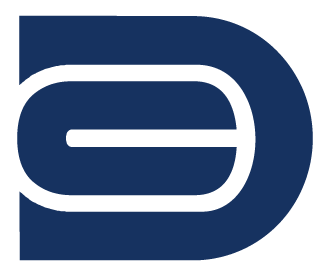How We Helped a Large Organisation Overhaul Its Governance Framework
Introduction
Change is inevitable within organisations, but it is often mismanaged. The Professor of Major Programme Management at Saïd Business School, Bent Flyvbjerg, estimates that the success rate for Programme Management projects is between 0.5% and 8.5%. Following the close out of a large transformation project this year, we reflect on the challenges the client faced, and how we overcame these.
The Challenge
The client was in the process of implementing significant digital, organisational and personnel changes to address declining sales and operational inefficiencies. However, the project was behind schedule, over budget, and lacked direction at every level. Balancing the smooth running of day-to-day operations with the delivery of a transformation project, was proving challenging.
The Solution
Faced with this challenge, we had to decide whether to tackle all of these issues simultaneously or consecutively. The team identified that by focusing on improving the decision-making framework, each of the challenges would be addressed. Three key components of the decision-making framework were considered:
Governance
Data capture and tracking
Strategic roadmap and key performance indicators (KPIs)
We restructured the programme into work packages, each clearly defined within a strategic roadmap, outlining major milestones, KPIs, and dependencies. The work packages were allocated to a Business Owner and respective Project Manager.
Above the Business Owners was a Senior Responsible Owner (SRO), who was C-Suite level and sat on the Board. The SRO was supported by a Programme Director, who ultimately owned the entire roadmap and the transformation benefits. However, escalation was only required when a work package decision was likely to breach guidelines around high-level milestones, benefits, or dependencies.
To support this structure, we established a Chief Programme Officer (CPO), who reported directly into the SRO. The CPO managed data flow and the overarching governance system, ensuring the decision-making framework and guidelines were upheld.
Finally, we secured agreement from the Chief Executive Officer that the transformation was a top priority. Significant programme team members, including the SRO and Business Owners, had 50% of their time ring-fenced to focus on the programme and transformation. This was a challenging decision to implement, but it was crucial for creating time for decision-making and programme-related thought.
Resetting the governance, decision-making, and Programme Management Office was achieved over a three month period. Once completed, the programme immediately felt the benefits. By addressing the initial problem of ownership and governance, we created the space and focus to get the programme back on track and over the line.
Closing Thoughts
Consultancies are well positioned to engage with client stakeholders, opening opportunities for expediting change, improving management of projects and realising benefits. This enables long-term cost savings, knowledge sharing, and client upskilling.
Get in touch to find out how Deecon can help your organisation to improve programme management and deliver strategic transformation with successful and sustainable results.
References
B. Flyvbjerg, How Frank Gehry Delivers on Time and on Budget (January 2023)
Edited by Anna Pringle

